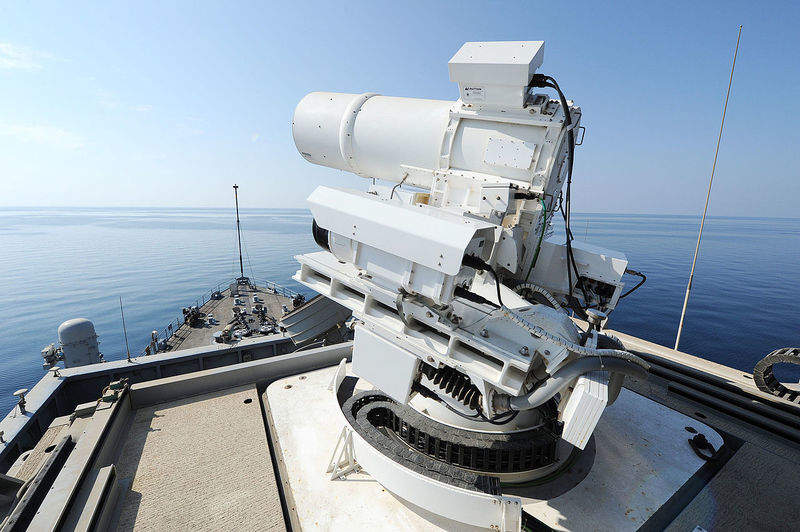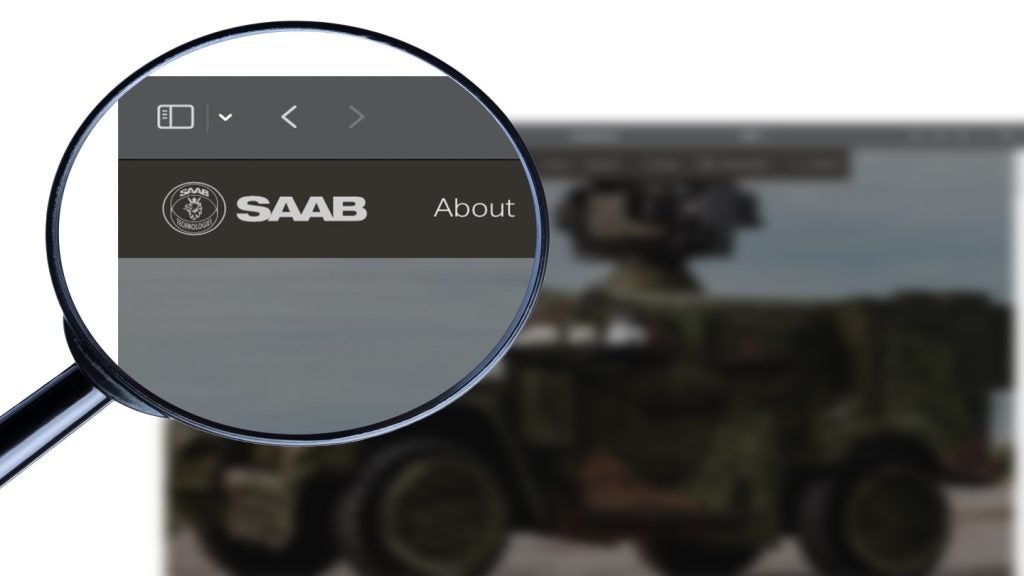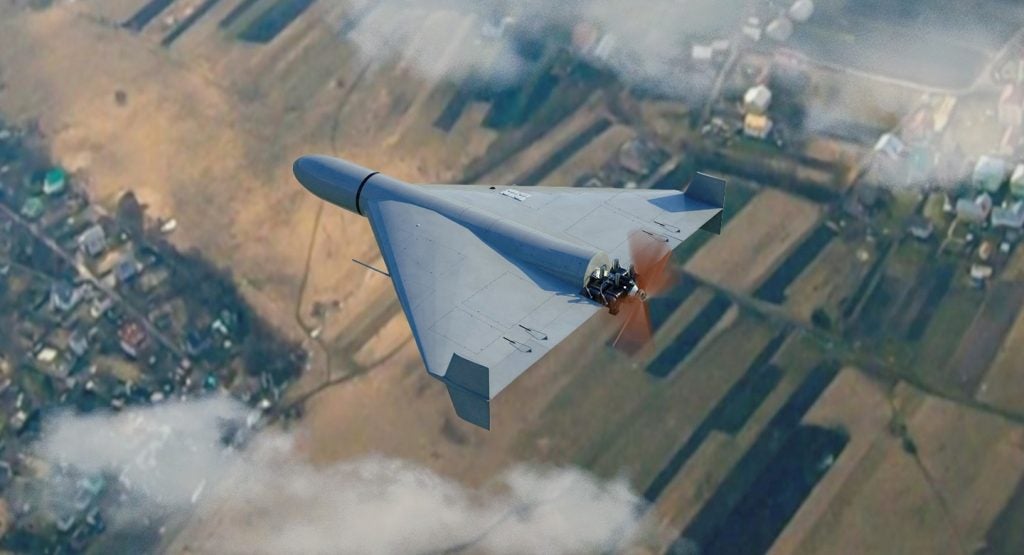
Russo-Japanese War, 1904: The birth of signals intelligence
In January 1904, the Eclipse-class protected cruiser HMS Diana, then stationed in the Suez Canal, is credited with making the first wireless interception in history, and so launching the era of signals intelligence.
That message heralded the mobilisation of the Russian fleet, which was of great interest to Japan, a British ally at the time. As the conflict progressed, Japan’s own ability to intercept and analyse Russian naval transmissions played a significant part in the eventual Japanese victory. These first true ‘combat intercepts’ highlighted both the potential of this new source of intelligence, and the importance of secure communications.
The U-boat threat, 1917: Dazzle to deceive
The threat of U-boats led Royal Navy volunteer Norman Wilkinson to weaponise the most familiar part of the electromagnetic spectrum – light. Realising it was impossible to camouflage ships from sight, he turned the idea on its head and proposed painting them in bold blocks of contrasting colours.
The designs rendered the vessels themselves more conspicuous, but made their actual shape much harder to see, and if U-boat commanders could not tell bow from stern, they could not discern a ship’s heading either, making attacking it more difficult. The idea enjoyed some success until developments in range-finding technology rendered it ineffective.
1920s: ‘Death rays’
Ever since Archimedes supposedly harnessed the sun’s rays at the Siege of Syracuse in 214BC, developing a ‘death ray’ has been high on the military’s to-do list. The first claims for such weapons in the modern era surfaced in the 1920s when both Edwin Scott and Harry Grindell-Matthews announced their inventions to the world, while the following decade, Nikola Tesla claimed to have devised a particle ‘death beam.’
Although no demonstrations were ever forthcoming, the idea never went away, eventually becoming a naval reality in 2014 when the USS Ponce was deployed, armed with a 30kW demonstrator laser weapon.
How well do you really know your competitors?
Access the most comprehensive Company Profiles on the market, powered by GlobalData. Save hours of research. Gain competitive edge.

Thank you!
Your download email will arrive shortly
Not ready to buy yet? Download a free sample
We are confident about the unique quality of our Company Profiles. However, we want you to make the most beneficial decision for your business, so we offer a free sample that you can download by submitting the below form
By GlobalDataBattle of Britain, 1940: Turning the tide with RADAR
In the mid-1930s, fearing the threat that German air-power would pose in a future conflict, Britain commissioned secret research to develop an effective early warning system.
Using a new breakthrough in radio transmitters – the resonant cavity magnetron – and detectors arranged at different heights and angles to pick up the reflected radio waves bouncing off enemy aircraft, RAF fighters could be quickly directed to intercept. German planes crossed the channel to find a reception committee of Spitfires or Hurricanes waiting to meet them.
It proved vital in winning the Battle of Britain, and firmly established RADAR as a must-have military technology.
Cold War, 1952: Industrial scale jamming
The Soviet Union fought an electromagnetic war on the home front throughout the Cold War, using radio jamming on an industrial scale in an unprecedented effort at mass censorship.
From a small start in 1948 to drown out broadcasts from the BBC and Voice of America, by1952 some 200 jamming stations were attempting a near wholesale block on western media outlets – including Vatican Radio. Before the programme came to an end in the late 1980s, more than 1,700 stations were operating, with an estimated combined output of 45 megawatts, and costing tens of millions of dollars a year to run.
Cuban missile crisis, 1962: Deceptive drones
Equipped with an early form of electronic deception, drones narrowly missed featuring in one of the Cold War’s hottest moments.
The plan was for unmanned Ryan Model 147s fitted with receivers for Cuba’s Soviet-built surface-to-air missiles, to overfly the island, while relaying information in real-time to accompanying RB-47H reconnaissance aircraft. While the RB-47Hs used electronic warfare (EW) countermeasures to stay safe, the drones would carry signal generators that made them seem the size of Lockheed U-2 spy-planes to fool the ground batteries into a location-revealing response. The project was cancelled at the last minute, but the UAVs soon saw action over Vietnam.
Battle of Latakia, 1973: electronic warfare goes to sea
This little known action marked two important milestones in maritime history, being both the first naval engagement between missile-boats, and the first to feature EW.
On the second day of the Yom Kippur War, as five Israeli vessels approached the Syrian port of Latakia they were attacked by three Syrian missile-boats firing Russian-made P-15 Termit (‘Styx’) missiles. As they closed on their targets, the Israeli boats successfully employed newly developed electronic countermeasures to jam the guidance systems. Returning fire with Gabriel missiles, they sank two of the Syrian boats and damaged the third, which was subsequently destroyed by cannon fire.
US invasion of Panama, 1989: Stealth aircraft attack
The idea of undetectable aircraft has a long history, almost as old as powered flight itself. Although those early ideas were impractical, by the days of the Cold War, designs such as the Lockheed’s A-12 reconnaissance plane were starting to make stealth a reality.
In 1989, however, radar-defeating technology was to pass a particularly important milestone, with the first combat use of stealthy aircraft – two F-117 Nighthawks – to evade enemy detection and bomb Rio Hato airfield during the US invasion of Panama. Nighthawks were to be used again in the first Gulf War, Kosovo, Afghanistan, Iraq and the Libyan intervention.
Gulf War, 1991: GPS at war
The Gulf War saw the first extensive combat use of the fledgling global positioning system. Although the system was not to become fully operational for another four years, it was used in the conflict to enable coalition forces to navigate and co-ordinate operations in the unfamiliar terrain of Kuwait and Iraq.
Despite its successes, notably with target tracking and smart missile guidance, the Gulf War also highlighted the susceptibility of GPS to jamming, with even some relatively unsophisticated Iraqi devices proving capable of masking the weak signal from the system’s satellites. GPS still remains vulnerable to jamming and spoofing today.
Stuxnet, 2005: Weaponising cyberspace;
First uncovered by Kaspersky Lab in 2010, but thought even then to be at least five years older, Stuxnet is a malicious computer worm that caused significant damage to the Iranian nuclear programme. Widely believed to be a joint US/Israeli development even before Edward Snowdon explicitly said as much in 2013, it is arguably the world’s first true cyber-weapon.
Specifically designed to target the programmable logic controllers which automate electromechanical processes, and highly clinical in the systems it affects, Stuxnet is reported to have caused Iran’s separation centrifuges to spin themselves to destruction, setting Tehran’s nuclear plans back by years.
2014–2015: Force-fields and cloaking devices
Force-fields and cloaking devices may be long-established sci-fi staples, but they are getting closer to becoming scientific fact. In 2014, scientists at Karlsruhe Institute of Technology demonstrated that, in foggy conditions, an object coated in novel, light-bending meta materials could disappear completely, potentially opening the way for full-on, Klingon-style cloaking in future.
The following year, Boeing filed US patent 8981261, setting out a “method and system for shockwave attenuation via electromagnetic arc” – effectively a means to protect vehicles and buildings from blast damage by superheating the air with an arc generator to create a denser-than-air plasma shield around the target.
China, 2018: Quantum Superpower?
In January, reports emerged of the mass recruitment of top Chinese military scientists for the country’s newest research facility, as Beijing looks to wrest the technological lead from the US and become the world’s first quantum superpower.
Quantum technology could be a game-changer across the whole world of EW applications as we currently know them. Quantum communications systems are inherently secure, quantum radar can see through stealth, quantum metrology offers un-jammable navigation and quantum cryptography promises un-crackable codes. The first to master quantum technology could render its adversaries’ EW systems redundant overnight – and China clearly wants to win that race.







